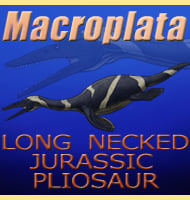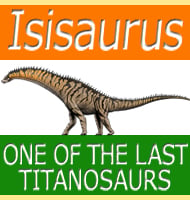Mammuthus primigenius (Woolly mammoth)
The woolly mammoth of the ice age Mammuthus primigenius is more popularly known as the woolly mammoth that today is regarded as the poster animal for the ice age, a colloquial term for the Pleistocene period which saw a series of glaciations across the upper latitudes of the Northern hemisphere and an overall reduction in global … Read more

